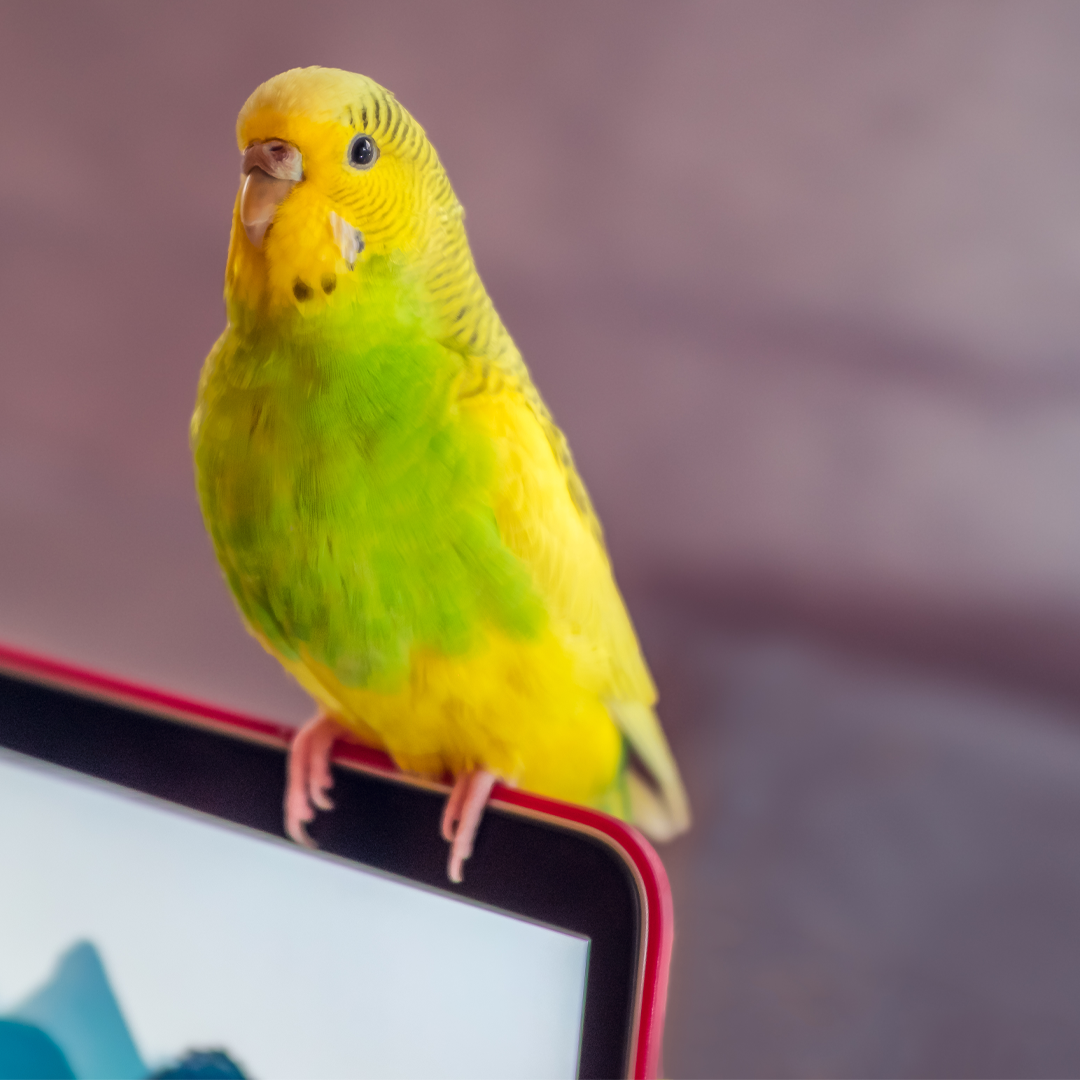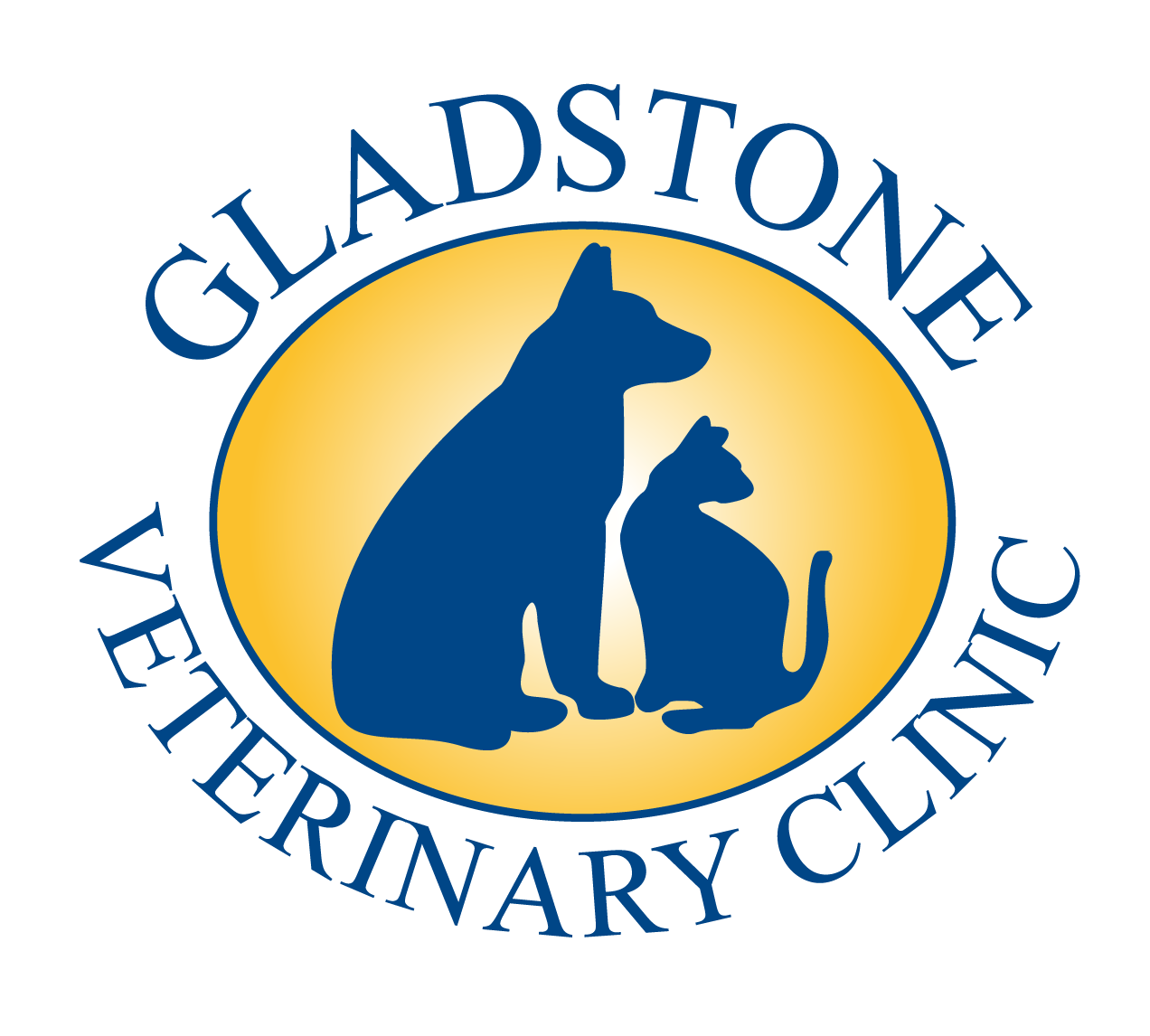OUR SERVICES
Bird care
at Gladstone Vet Clinic
Comprehensive Bird Care Guide

There are a huge variety of birds available as pets in Australia, and each type has its own unique characteristics, colours, sizes, temperaments, and needs. Therefore, it’s important that you learn and gather as much information as possible about bird care. This knowledge will not only help you choose the right bird for you, but also ensure that you cater adequately to your bird’s specific needs.
While some birds enjoy handling, others may not. Nevertheless, many birds are enjoyable to watch, listen to, and have around. For instance, some birds are great talkers, others have a beautiful song, and some bring endless fun and antics to each day.
By learning all you can about the type of bird you are getting, you will be better equipped with the knowledge and understanding necessary to have a clear idea of what to expect.
For further guidance, discover expert bird care at Gladstone Veterinary Clinic. Our team offers tailored advice and treatments to keep your feathered friends healthy and happy. Visit us for all your avian care needs!
Buying a bird is a serious commitment, often for five years or more—some birds may even live as long as you! Consider this bird care checklist when making your decision.
Children caring for birds:
Owning a pet bird provides a child with companionship and teaches the child responsibility and care. Parents must still supervise the day-to-day care so that the bird is not neglected through ignorance or loss of interest.
Which bird?
A canary or budgerigar can be a good choice of pet for a family with limited space or modest means. They are suitable for people living alone, especially flat dwellers. The care of these caged birds could hardly be more simple or undemanding, but the individuality they show depends on the degree of freedom they are allowed and on the stimulation provided by their surroundings and their companions.
Male or female?
Only the male canary sings and whistles, and the male budgerigar is usually easier to teach to talk. There are important differences to be aware of between the genders of each species.
Health Care Routine
Please ask one of our vets regarding a good health care routine.
Housing
A well-designed aviary is ideal for birds, offering freedom of movement and flight. However, if a cage is necessary, it should be metal with wire mesh, and the size will vary based on the bird's breed—refer to the RSPCA for guidance. Place the cage in a well-lit, sunny area with frequent human contact, and use a portable stand for repositioning. Provide perches of varying sizes and secure food and water troughs away from perches to avoid contamination. Clean any accidental contamination immediately.
Activities
Ladders, bells, ropes, swings, mirrors, and suitable toys provide some stimulation for a caged bird, but you should avoid over-furnishing as this crowds the cage and may result in injury.
Protection
At night the cage should be covered with a cloth or towel to permit the bird to rest and to protect it from draughts. Should the cage be placed outside the house at any time, it must be in a position that is safe from predators – cats and wild birds – that could scare or directly injure the bird. Birds should not be left in the sun without shade and should be protected from overheating on hot days.
Cleaning
A tray on the floor of the cage will collect excreta and should be removed each day and thoroughly cleaned. The cage itself should be easy to scrub out, whilst water and food troughs and perches should be easily removable for cleaning purposes.
Handling
It is important to train your bird to be handled, especially to permit examination for signs of ill-health. Begin by letting them become accustomed to being handled in the cage. Soon they will become finger-tame, and then they may be able to be handled outside the cage. It requires a good deal of patience and gentleness when handling birds, especially small species like canaries.
Talking
Some birds that have constant close contact with their owner will learn to talk. These birds can start to talk from about six weeks of age, however if they have not succeeded by six months, they probably never will. Teaching a bird to talk starts by using the same word over and over. Once the bird has learnt one word, new words or complete phrases may be added.
Feeding
The caged bird's basic diet should consist of the specially prepared seed mixtures. This diet should be supplemented with green foods and fruit. A cuttlebone (the internal shell of a cuttlefish)can be added to a pet bird’s cage to provide trace minerals such as calcium, act as a source of entertainment and help to clean your bird’s beak. Fresh water is essential to a bird’s life and must be replenished frequently, particularly in hot weather or if it becomes fouled.
